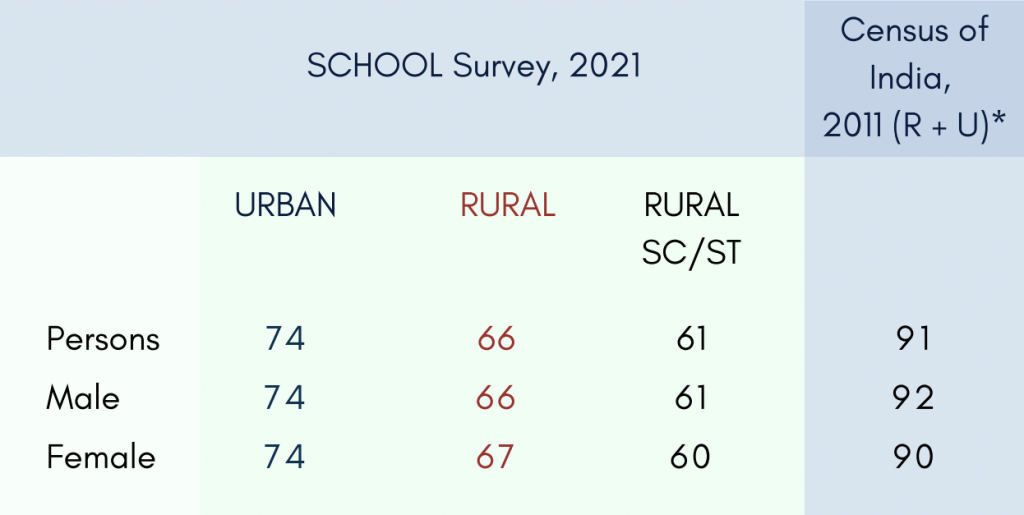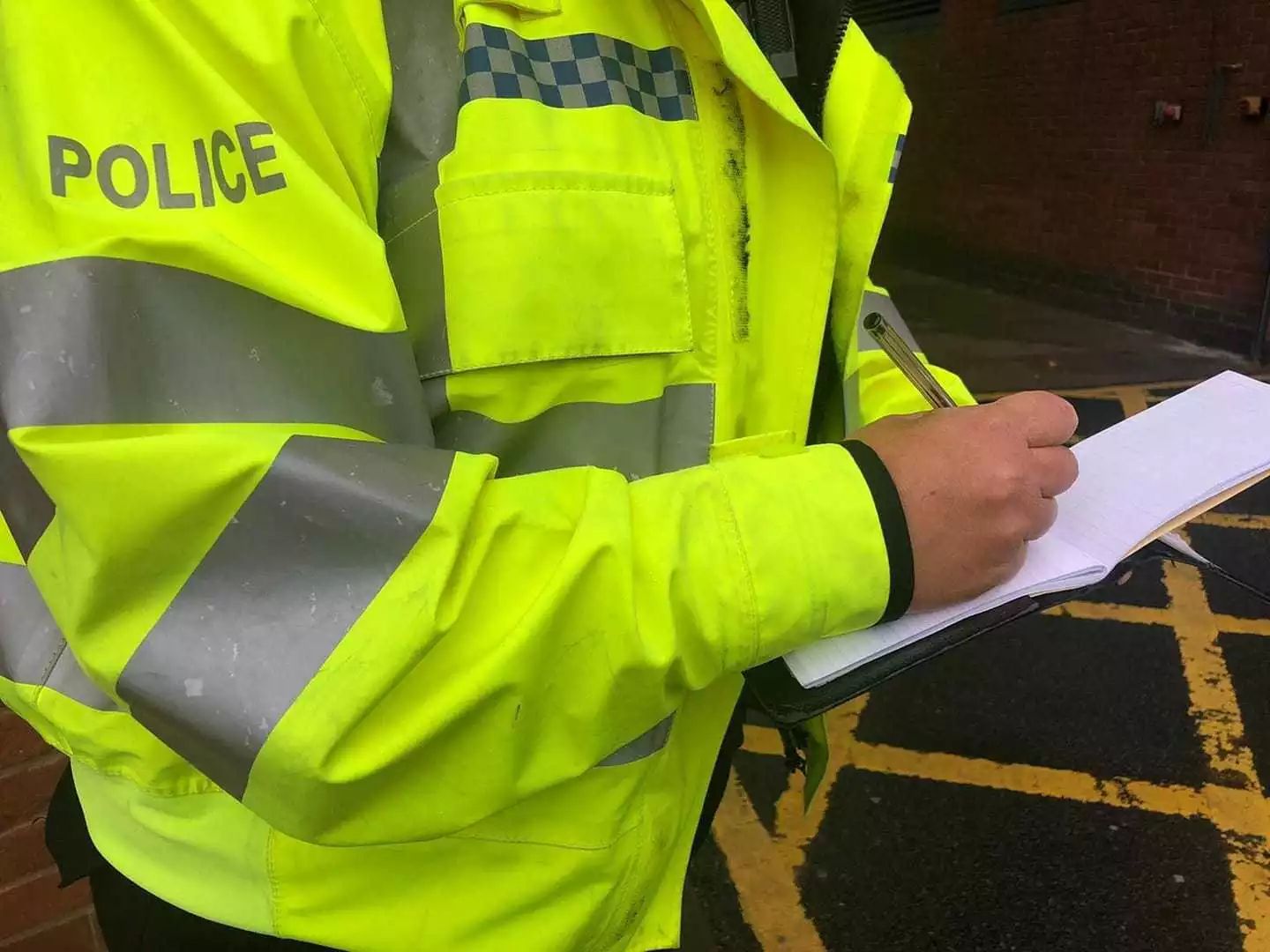Evidence to date indicates that school closures led to sizeable learning losses (at least in the short run), and that these were concentrated among children from the most disadvantaged backgrounds.
As to why children from disadvantaged backgrounds were more affected by school closures, there are a number of possibilities, including differences in parental support, access to high-speed broadband, and the use of private tuition.
In the developing world, large segments of the population have little or no access to broadband, let alone private tuition. So you might expect the impact of school closures would be particularly pronounced there. And indeed, this appears to be the case.
A recent survey in India illustrates just how much the developing world’s poorest students rely on in-person teaching. The survey, carried out in August by a group of independent researchers called Road Scholarz, interviewed almost 1,400 households from 15 of India’s 36 states and union territories.
The sample is not nationally representative. Rather, the researchers aimed to collect data on India’s ‘scheduled castes and scheduled tribes’ (those that have low status within the country’s caste system). So while 25% of the general population belongs to those groups, 60% of the sample respondents did.
The researchers note that schools in India have been closed for more than 500 days, and that only “a small minority of privileged children were able to study online in the safety and comfort of their own homes”.
They report results separately for households in urban versus rural areas, given that levels of income tend to be higher in the former group. The results are startling.
As a test of literacy, children in the survey were asked to read a simple sentence in Hindi (“since the coronavirus pandemic, schools have been closed”). And those who read the sentence “fluently” or “with difficulty” were judged to be literate.
The table below gives the percentage of literate children aged 10–14 in different groups, as well as the corresponding figures from the 2011 census. Values in the census column are population-weighted averages of the figures for the 15 states covered by the survey.

In none of the groups were more than 74% of children judged to be literate, based on what the researchers note is a very broad definition of that term. By contrast, the figure from the last census was 91%. And that was using the narrower definition of being able to “read and write with understanding in any language”.
Although the values on the left are not directly comparable to those in the census column (due to the non-representativeness of the sample), the researchers argue that this contrast “is too stark to be plausibly explained by the underprivileged background” of survey respondents.
Aside from documenting a worryingly low literacy rate in their sample, the researchers made several other findings. Some of these are shown in the chart below:

As the chart indicates, 37% of children from rural households were not studying at all when the survey was taken, and almost 60% had not met their teacher in the last month.
The researchers also asked the children’s parents a number of questions. Three quarters said that their child’s reading abilities had declined during the lockdown, and over 90% said that schools should reopen (rising to 97% among parents from rural households).
Overall, the Road Scholarz survey paints a disturbing picture of Indian schooling under lockdown (or, rather, the lack thereof). The full report is worth reading in full.












To join in with the discussion please make a donation to The Daily Sceptic.
Profanity and abuse will be removed and may lead to a permanent ban.
In some countries schools being open may make no impact on the rise of illiteracy.
Confirmation of the generally known.
… but it will be ignored, except for (as in this country) hand-wringing blame-dodging.
It’s “because Covid” – that way they (governments, teaching unions, etc) can blame a virus and claim that it was out of their hands.
In reality of course, it’s entirely because of grossly excessive government interventions, but they aren’t going to admit that there was nothing inevitable about any of this and they could have chosen to just carry on as normal.
Not a surprise! Same in all countries. Masks and testing never help either.
At least those Indian states that have completely suppressed Covid by using Ivermectin can go back to normal education.
Those that used the fake vaxx, not so lucky.
Yay – the plan’s working! Make us all as stupid as possible to make us all infinitely coercible .. it’s worked pretty well in this country anyway.
Well, d’uh!
It is certainly plausible that closing schools has decreased literacy.
However, the figures do not prove it.
Literacy in any language (census) is higher than literacy in Hindi (this survey). But this is what you would expect, regardless of school closures. Literacy in any language (including Hindi of course) is bound to be higher than literacy in Hindi.